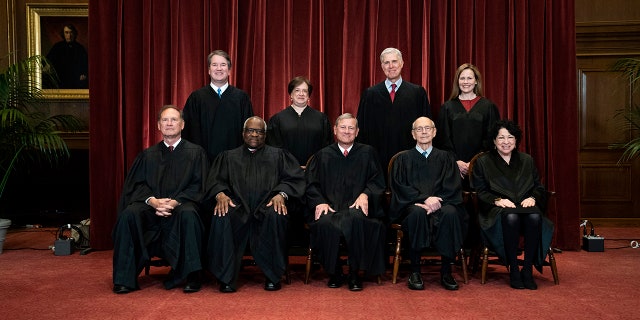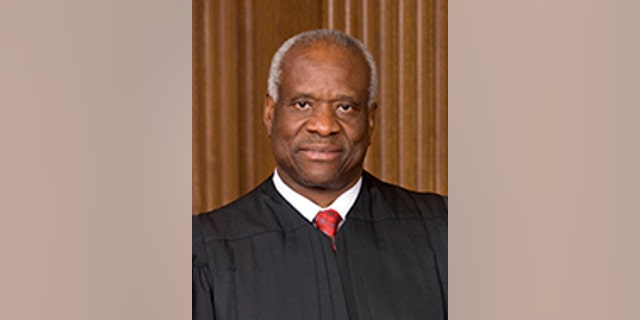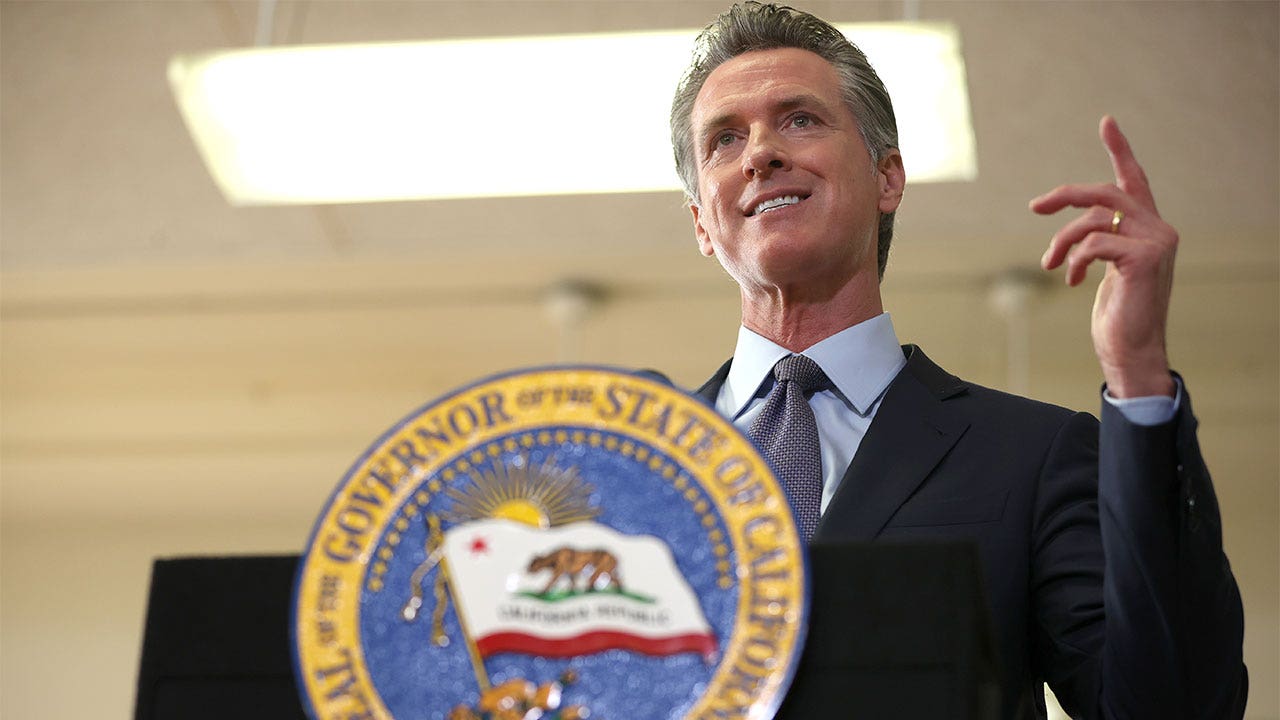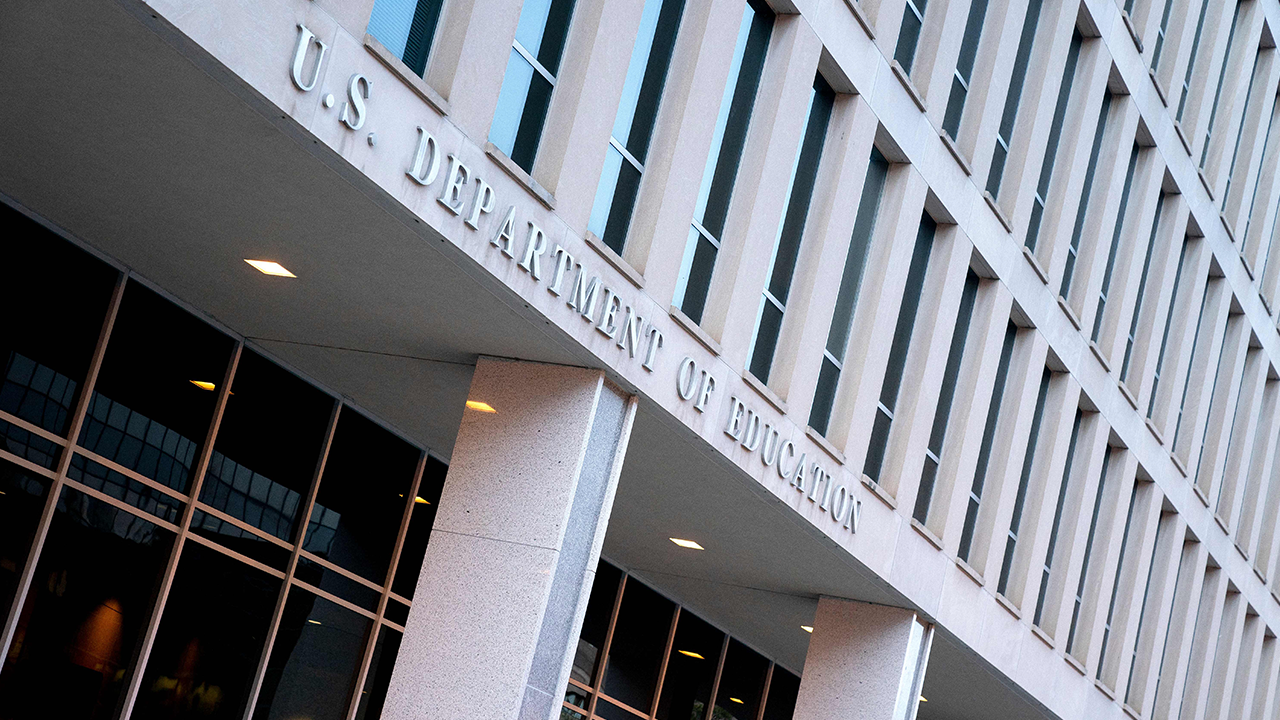celebrity-news” target=”_blank”>People in public life<, and he has amassed a record as the court’s staunchest defender of constitutional originalism or interpreting the Constitution according to its original meaning. He earned that distinction by his willingness to stand up on constitutional principles even if he had to stand alone.
When he arrived on the court, constitution” target=”_blank”>originalism<
Only years later was it revealed that when the justices met privately in conference, Thomas was taking bold positions and willing to be a lone dissenter. That was the situation in a criminal case argued during his first week on the court. After he circulated his solo dissent to his colleagues, three other justices signed on to it.

FILE – In this April 23, 2021, file photo members of the Supreme Court pose for a group photo at the Supreme Court in Washington. Seated from left are Associate Justice Samuel Alito, Associate Justice Clarence Thomas, Chief Justice John Roberts, Associate Justice Stephen Breyer and Associate Justice Sonia Sotomayor, Standing from left are Associate Justice Brett Kavanaugh, Associate Justice Elena Kagan, Associate Justice Neil Gorsuch and Associate Justice Amy Coney Barrett. (Erin Schaff/The New York Times via AP, Pool, File)
(AP)
One of those justices, Scalia, was persuaded several times during Thomas’ first year to join his junior colleague. Thomas was an independent and influential voice from the beginning.
CLICK HERE TO GET THE OPINION NEWSLETTER
He maintained that voice whether it meant dissenting or issuing a separate opinion from the majority to clarify the Constitution’s original meaning.
In United States v. Lopez (1995) and United States v. Morrison (2000), the court struck down brazenly overreaching assertions of Congress’ power to regulate interstate commerce, and Thomas wrote concurring opinions to point out how far the court’s jurisprudence had strayed from the original understanding of the commerce clause. When the court upheld the power to regulate locally grown marijuana in Gonzales v. Raich (2005) under the commerce clause, he dissented.
More from Opinion
For Thomas, whatever he thinks of the underlying policy is beside the point. The Constitution is paramount. If that means voting to overturn a law he considers good policy, upholding a law that is bad policy, or freeing or decreasing the sentence of an unpopular criminal defendant, so be it. That is how a principled judge operates.

Clarence Thomas was born in the Pinpoint community near Savannah, Georgia on June 23, 1948. He attended Conception Seminary from 1967-1968 and received an A.B., cum laude, from College of the Holy Cross in 1971 and a J.D. from Yale Law School in 1974. He was admitted to law practice in Missouri in 1974, and served as an Assistant Attorney General of Missouri, 1974-1977; an attorney with the Monsanto Company, 1977-1979; and Legislative Assistant to Senator John Danforth, 1979-1981. From 1981–1982 he served as Assistant Secretary for Civil Rights, U.S. Department of Education, and as Chairman of the U.S. Equal Employment Opportunity Commission, 1982-1990. From 1990–1991, he served as a Judge on the United States Court of Appeals for the District of Columbia Circuit. President Bush nominated him as an Associate Justice of the Supreme Court and he took his seat October 23, 1991. He married Virginia Lamp on May 30, 1987 and has one child, Jamal Adeen by a previous marriage.
(Supreme Court of the United States)
His opinions dish out straight, unadulterated Constitution, and no justice has been more willing to argue for the overturning of judicial precedents that are inconsistent with it. He understands that the court’s precedents should not be privileged over the text of the Constitution.
Many of Thomas’ opinions reflect his commitment to the three-part structure of the federal government and the separation of powers. That meant boldly calling for the court in 2015 to revisit a line of precedents that gave too much discretion to administrative agencies, which had become a virtual fourth branch of government unaccountable to the people.
No justice has been more consistent in calling for the protection of individual rights established by the Constitution.
As the court handed down separation of powers victories in 2020 and again this year, it was clear that Thomas has been a step ahead of the court in identifying what needed to be done to preserve the Constitution’s design that divides government power in order to protect individual rights.
No justice has been more consistent in calling for the protection of individual rights established by the Constitution. He even foreshadowed one of the most important developments in constitutional law in 1997, when his separate opinion in Printz v. United States raised the question of whether the Second Amendment protects an individual right to bear arms. That was over a decade before the court held in District of Columbia v. Heller (2008) that it does. This term, the court will decide New York State Rifle & Pistol Association v. Bruen, a case that presents one of the most significant Second Amendment issues since Heller.
 Video
Video
Where the Constitution is silent, Thomas calls out attempts to take issues away from the people, which the court’s abortion jurisprudence flagrantly has done. Thomas is the one sitting justice who has called for Roe v. Wade (1973) and Planned Parenthood v. Casey (1992) to be overruled. He has done that consistently after being a dissenter in Casey, from the court’s consideration of partial-birth abortion statutes in 2000 and 2007 to its decisions on medical regulations designed to protect women from unsafe clinics and abortionists in 2016 and 2020.
Besides being bold, Justice Thomas is prolific. Over the last five years, he has consistently written more opinions than any of his colleagues. More importantly, he is prescient. Justice Thomas has consistently shown foresight in identifying areas where the court can improve its fidelity to the Constitution.
CLICK HERE TO GET THE FOX NEWS APP
With the addition of three new justices in recent years, the court attained an originalist majority for the first time in living memory. That yielded the best term the Supreme Court has had in at least half a century, with decisions in every major case refraining from the judicial activism that has so long plagued the court.
For everyone who believes in constitutional government, it is gratifying to witness Thomas having his long overdue moment on a court he can finally call his own.
 Iktodaypk Latest international news, sport and comment
Iktodaypk Latest international news, sport and comment






